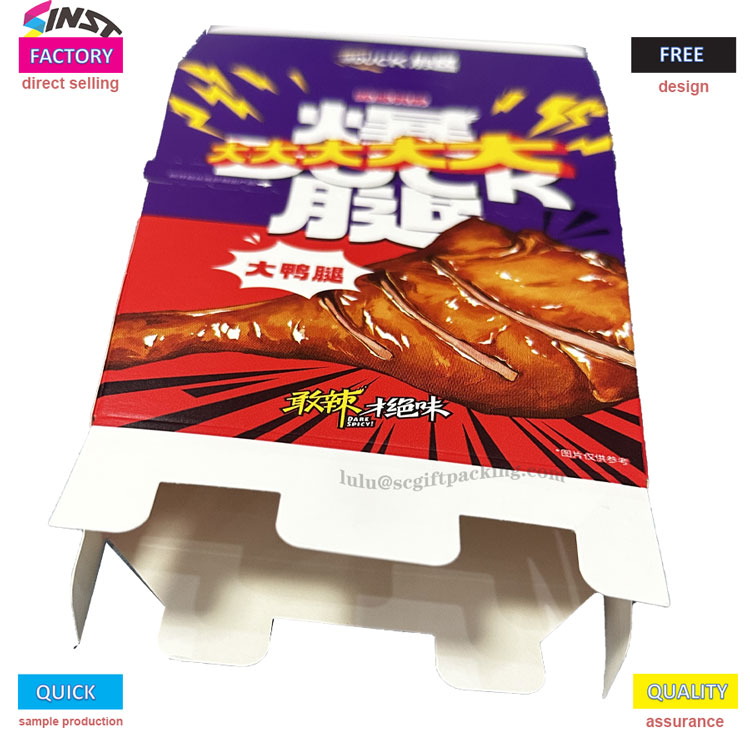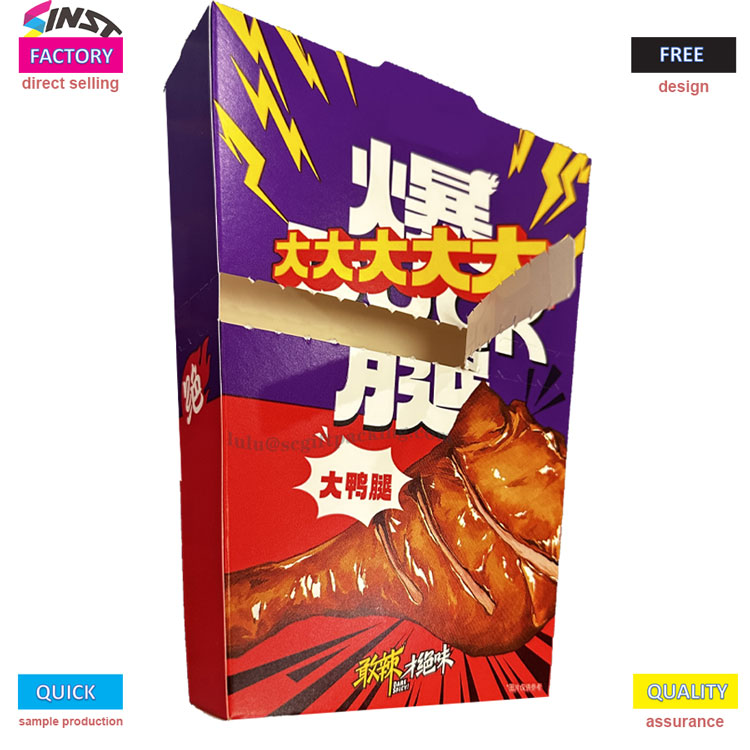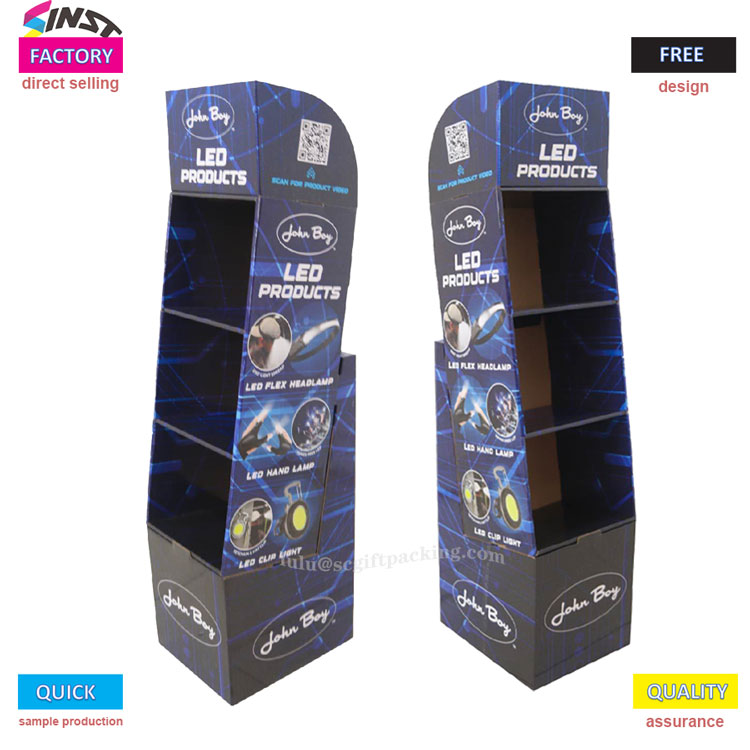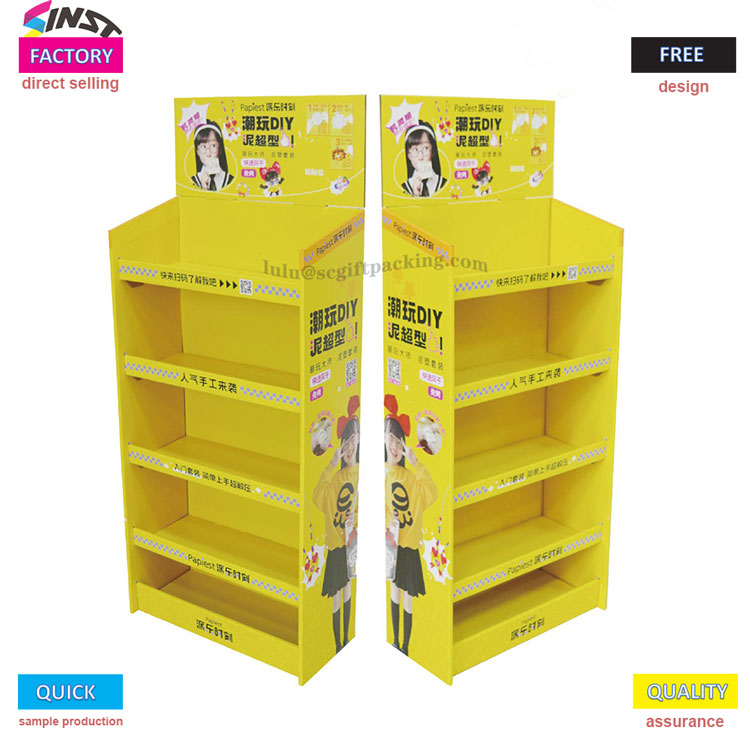Food inspiration and environmental innovation are the new trends in the global packaging industry

Against the backdrop of a surge in global consumer demand for eco-friendly packaging, a type of paper card box inspired by "food" is quietly sweeping the European and American markets. This type of product not only combines classic food styles such as pizza, hamburgers, chicken legs, and donuts with practicality, but also becomes a "green new favorite" for consumers and businesses with 100% recyclable materials and fun social attributes. According to market research firm Ecovista, the market size of food themed paper packaging is expected to exceed 420 million US dollars in 2023, with an annual growth rate of 37%. What kind of consumer change is reflected behind this?

1. From "one-time consumption" to "emotional retention": How paper card boxes can reconstruct packaging value
Traditional food packaging is often seen as a disposable accessory, but the rise of food cardboard boxes has completely shattered this perception. Taking the recent launch of the "Pizza Box Card Holder" by the British brand GreenPack as an example, this multi-layer paper card holder based on pizza boxes uses waterproof embossing technology and can store small items such as postcards, tea bags, jewelry, etc. The empty box can also be used as a desktop decoration or children's handmade material. In an interview, its founder Emily Carter said, "We want to prove that environmental protection does not mean simplicity - when packaging itself has secondary use value, consumers are more willing to pay for sustainable design

2. Customized services for enterprises: Food paper card boxes become a new battlefield for brand marketing
With the deepening of ESG (Environmental, Social, and Corporate Governance) strategy, food cardboard boxes are extending from C-end consumer goods to B-end enterprise services. Some companies use coffee cup shaped paper boxes as membership card sets, which not only convey brand tone but also reduce the use of plastic products.
This is essentially a low-cost sustainable marketing approach. By customizing food paper cardboard boxes, companies can fulfill their environmental commitments and transform packaging into mobile brand advertising - when users place a 'hamburger box' with their logo on their desk, it is equivalent to hundreds of visual exposures per day
This is not only a packaging revolution, but also a reshaping of consumer culture. When people choose to pay for a 'donut box that can grow flowers', they are not only buying goods, but also voting rights for a sustainable future
 English
English  Español
Español  Português
Português  русский
русский  Français
Français  日本語
日本語  Deutsch
Deutsch  tiếng Việt
tiếng Việt  Italiano
Italiano  Nederlands
Nederlands  ภาษาไทย
ภาษาไทย  Polski
Polski  한국어
한국어  Svenska
Svenska  magyar
magyar  Malay
Malay  বাংলা ভাষার
বাংলা ভাষার  Dansk
Dansk  Suomi
Suomi  हिन्दी
हिन्दी  Pilipino
Pilipino  Türkçe
Türkçe  Gaeilge
Gaeilge  العربية
العربية  Indonesia
Indonesia  Norsk
Norsk  تمل
تمل  český
český  ελληνικά
ελληνικά  український
український  Javanese
Javanese  فارسی
فارسی  தமிழ்
தமிழ்  తెలుగు
తెలుగు  नेपाली
नेपाली  Burmese
Burmese  български
български  ລາວ
ລາວ  Latine
Latine  Қазақша
Қазақша  Euskal
Euskal  Azərbaycan
Azərbaycan  Slovenský jazyk
Slovenský jazyk  Македонски
Македонски  Lietuvos
Lietuvos  Eesti Keel
Eesti Keel  Română
Română  Slovenski
Slovenski  मराठी
मराठी  Srpski језик
Srpski језик 







